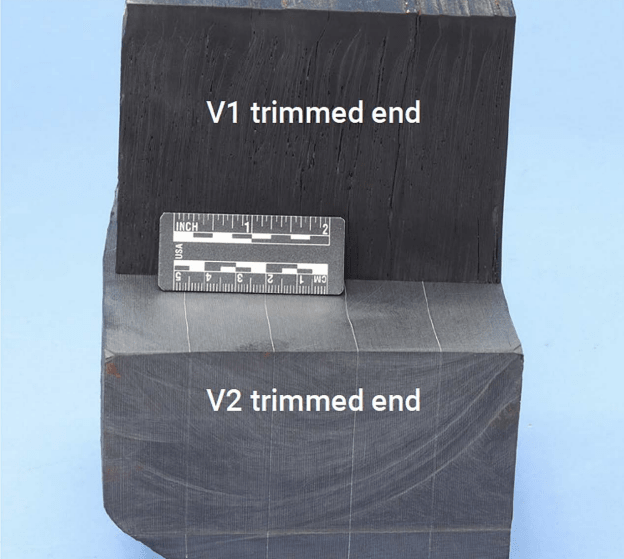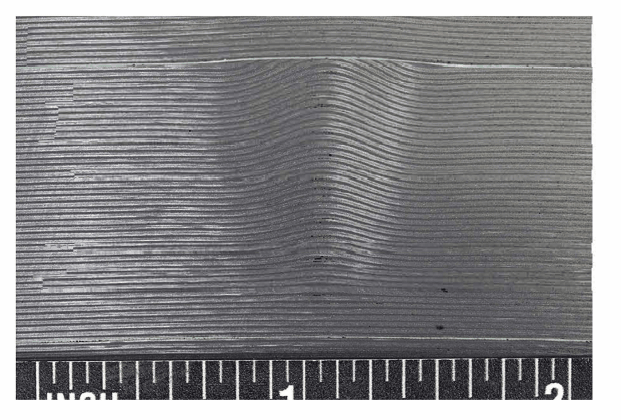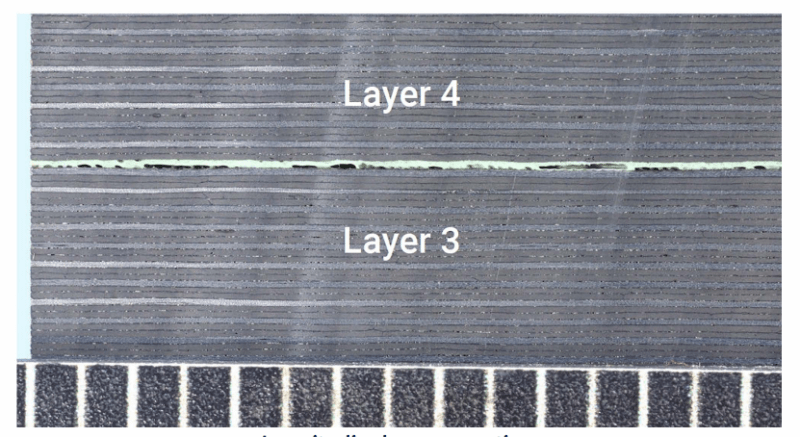-
9
- #421
RVAmeche
Mechanical
- Jan 20, 2015
- 831
I wouldn't call blind arrogance admirable at all. Yes he put his money (and life) where his mouth was but his absolute disdain for other opinions or erring on the side of caution for such a dangerous environment is nothing to parade. He's just another rich person who, due to their money, thought they were the smartest person in every room and killed people because of that delusion.




